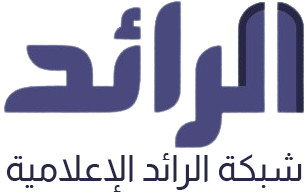
The committee in charge of opening mass graves in the city of Tarhuna announced the organization of an open exhibition for the people, starting from Saturday, of the victims’ belongings that were found buried with them.
The possessions and personal belongings buried with the victims, such as clothes, shoes or some special marks, were the means for identifying most of the 12 victims who have been identified so far, the last of whom was Mohamed Altohami, a guard at Aljamhoria Bank, and Mahmoud Alasmer Almokhtar al-Amri, a member of the municipal guard, They were found in the mass graves of Alrabit project in Tarhuna.

Those in charge of the search and identification process assert that DNA analyzes are the real solution to obtaining the identity of the victims of the Tarhuna graves, after the number of those found so far exceeded the one hundred and twenty exhumed victims .
The necessary samples were taken from the families of the missing, but the process requires the intervention of the Government of National Accord to coordinate support of the competent international institutions, and to provide technical experts, materials and tools, to conduct validation and comparison tests.

Security and judicial investigations, with the members of the Al-Kani and Haftar militias, who were arrested during the aggression on the capital, can also help in identifying the identity of the bodies, through confessions indicating the names of the buried and burial places.
The Association of Victims’ Families: Said that there are cases where their burial places have been identified, through investigations by the Military Prosecution Office in Msalata, but the graves have not been opened yet, due to the lack of the capabilities of the Search and Identification of the Missing Authority.
In the same context, Human Rights Watch called on foreign governments and the United Nations to provide forensic experts and the necessary capabilities to conduct DNA tests to identify victims of Tarhuna crimes.
These tests will constitute additional evidence for international criminal investigators, which they will match with the testimonies they have collected from the families of the victims, and representatives of various medical and legal bodies on their recent visit to Tripoli and Tarhuna.
The team of the International Criminal Court investigators visited the mass graves in Tarhuna 3 times, the last of which was last December, where they heard the testimonies of the families of the victims.

The Public Authority for Search and Identification of Missing Persons announced, last July, that it had found 226 bodies and 27 mass graves in Tarhuna, and the Commission counted 22 bodies and 3 other graves last November.
It is worth noting that the Libyan army forces were able to expel the Al-Kani and Haftar militias from Tarhuna, on the 5 of last June, when more than 100 bodies were found, in the refrigerator of Tarhuna General Hospital, after which the mass graves were uncovered, one after the other.



